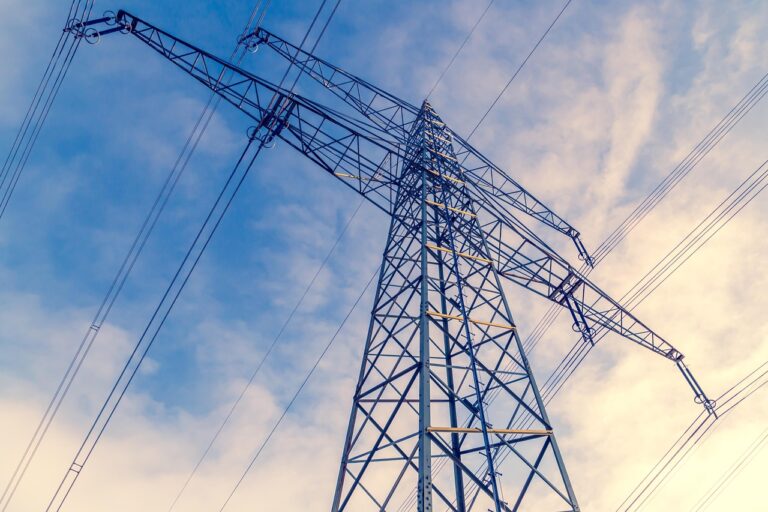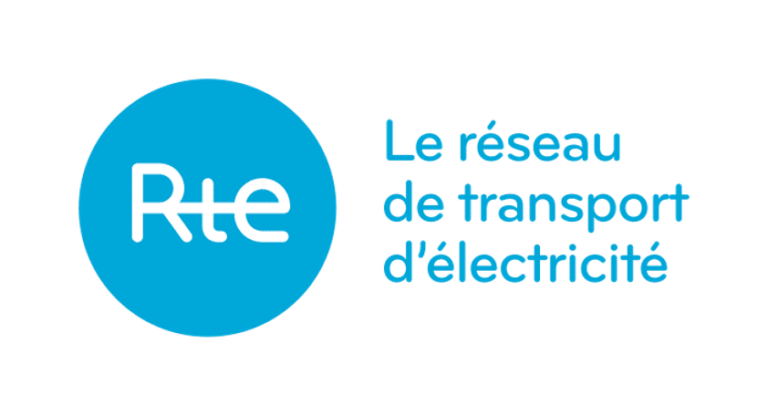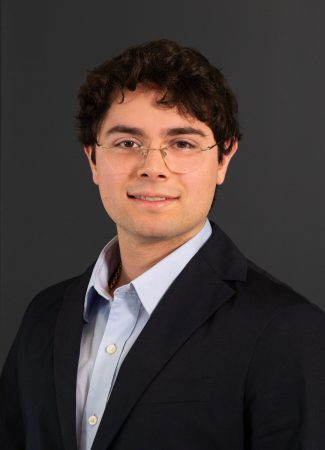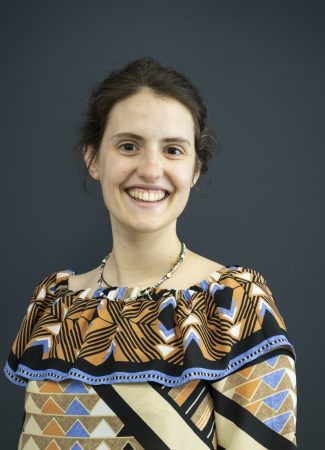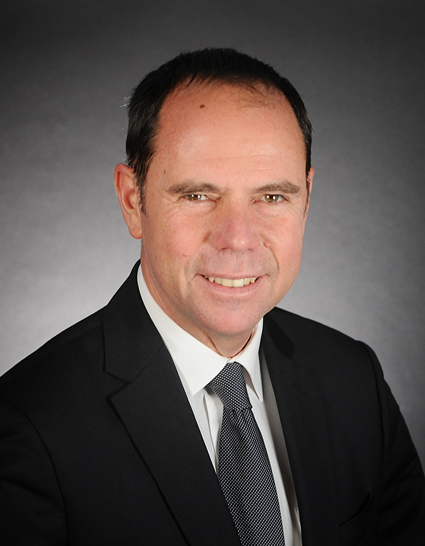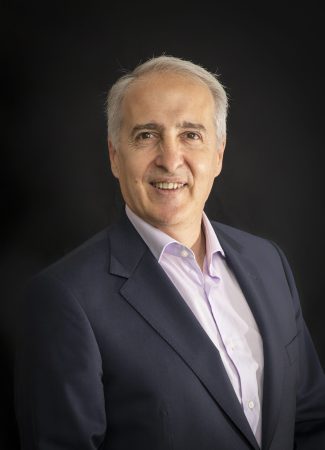The energy transition in Spain is progressing at full speed. In just a few years, the country has been filled with solar panels and wind turbines, leading Europe in the incorporation of clean energy. But this success has its flip side: the Spanish electricity system was not designed to handle so much renewable energy without a stable backing. April 28th made it clear. In the middle of a spring afternoon, with the sun shining and the wind blowing, part of the country was left without electricity. It was not sabotage or a one-off technical failure: it was a warning.
Although there are no details of what happened that day, some experts point out that it was a direct consequence of a saturated renewable generation system at a time of traditional synchronous low generation – that is, without the electrical “weight” provided by large conventional power plants. The network, as it was conceived, needs stability, and that stability is provided by technologies capable of maintaining the balance of the system in milliseconds. Without that backup, excess green energy can become a problem. That is why, rather than blaming renewables, the blackout points to a structural debt: we have not followed the renewable revolution with the necessary infrastructure. Batteries, synchronous compensators and other flexibility technologies are no longer a futuristic option, but an urgent pillar so that the energy transition does not become a risk to supply security.
What are electric batteries and how do they work?
Electric batteries store energy to release later when needed. The most common today are lithium-ion, although there are also emerging technologies such as flow, sodium or second-life batteries from electric vehicles. Its applications range from domestic self-consumption to utility-scale installations, including backup systems for electricity grids or data centers.
Beyond storing energy, batteries can operate as key assets of the electrical system. Its services include energy arbitrage (buying low and selling high), the provision of balancing and reserve services, and participation in capacity markets.
In Spain, access to markets such as day-ahead, intraday or adjustment services is already contemplated, although still with certain practical limitations.
Regulation and technical and legal barriers
Many of these limitations, however, are rooted in a regulatory framework that has not yet evolved at the pace required by the energy transition.
To this day, obstacles persist such as:
- Lack of a legal figure for batteries: they are currently considered generators or consumers, which implies double tolls and costs that discourage their development.
- Delays in the remuneration of services: there are still no stable mechanisms to remunerate services such as network balance or rapid response capacity, which are valued in other markets.
Until a year ago, there was a third additional barrier: grid connection problems. Characterized by priority to renewables, administrative slowness, and lack of systemic vision that integrates storage into grid planning. However, something is starting to move…
Hybridization
The hybridization of energy facilities is becoming the axis on which regulators want to start building a more coherent and functional regulatory framework. This approach – which combines renewable generation and storage at the same connection point – is at the heart of the Draft Royal Decree amending RD 413/2014, which is currently being processed. The proposal not only recognizes the strategic value of hybrid plants but also gives them grid access priority over projects that operate solely on renewables or batteries alone. It is a relevant first step towards a more flexible, efficient and resilient model.
There is still much to be done, but this project shows where the path is going. A warning to developers: hybridization is beginning to take center stage in energy regulation.
The deployment of batteries on a large scale not only transforms the electrical system from within but will also have visible effects for the consumer. By enabling greater integration of renewables and reducing clean energy discharges, batteries can help lower prices at peak times and reduce electricity market volatility. In addition, in the not-so-distant future, they could facilitate more advanced self-consumption models, where households, energy communities or companies optimize their consumption with their own storage systems. In this new ecosystem, the consumer will cease to be a passive actor and will become an active part of the stability and efficiency of the system.
To adapt to the rapidly evolving energy landscape, Haya Energy Solutions now offers a valorization service that offers a comprehensive analysis — economic, technical, and regulatory — to help you identify the maximum potential of your project. Through our proprietary tools, CHEF and RINGO, we project future price hourly curves and optimize battery usage according to different valorization scenarios (grid services, capacity market, SRAD, among others). We tailor each study to the client’s specific characteristics, whether for stand-alone or hybrid systems, ensuring informed and cost-effective decisions.
To make its deployment a reality for all users, the development of well-designed hybrid models, intelligent management systems and aggregation platforms that allow thousands of small storage units to be coordinated will be essential. The future of the Spanish electricity system will not only be more renewable, but it will also be more flexible, decentralized and smarter. And batteries will be at the center of that transformation.
Broadly speaking, aggregators – entities that pool multiple distributed energy resources (including batteries) – will transform the Spanish electricity market by providing flexibility, optimizing the use of storage capacity and strengthening the integration of renewables. Thanks to aggregators, batteries will be able to participate in a coordinated manner in wholesale, adjustment and ancillary services markets, reducing clean energy curtailment and smoothing price volatility. This will lead to more intense competition in capacity and reserve auctions, greater efficiency in the supply-demand balance and a different distribution of benefits between producers, consumers and network operators. However, its real impact will depend on regulatory maturity (Directive 2019/944), system interoperability and country-specific incentives, as well as the evolution of battery costs.
Future prospects
The PNIEC 2023-2030 sets ambitious targets for installed battery capacity. With a goal of 22 GW of storage by 2030, of which an estimated 9 GW will be battery; The aim is to make the grid more flexible to manage high levels of solar and wind, reduce discharges of renewables, especially in spring, and support non-peninsular areas and self-consumption.
In regulatory terms, it is on the table that the new capacity auction framework (scheduled for 2025-2026) explicitly includes storage, although it is not yet defined.
In addition, more innovative technologies such as green hydrogen, hybrid systems and second-life batteries are expected to complement this evolution. Thus, innovation will be key to reducing costs, increasing efficiency and achieving true sustainable electrification.
Spain is moving towards a cleaner electricity system, but also a more complex one. Batteries are presented as a central element to provide flexibility and firmness to the network. Although there are still challenges to overcome, their role will be decisive in the decarbonization of the energy system and in the construction of a safer, more efficient and resilient model.
Paloma Hepburn Jiménez & Diego Marroquín

